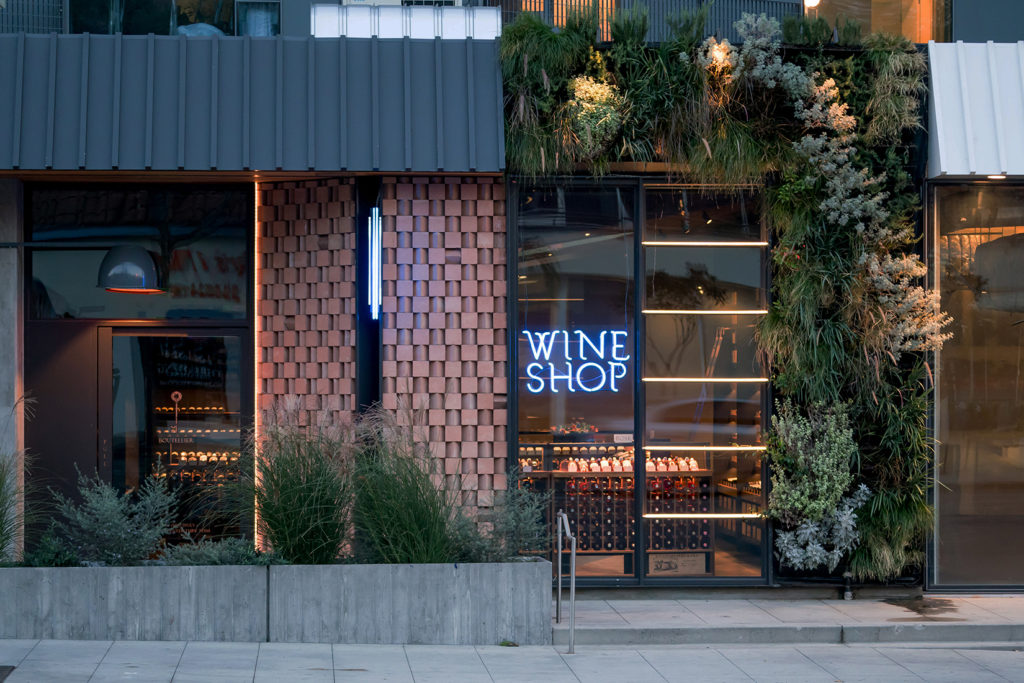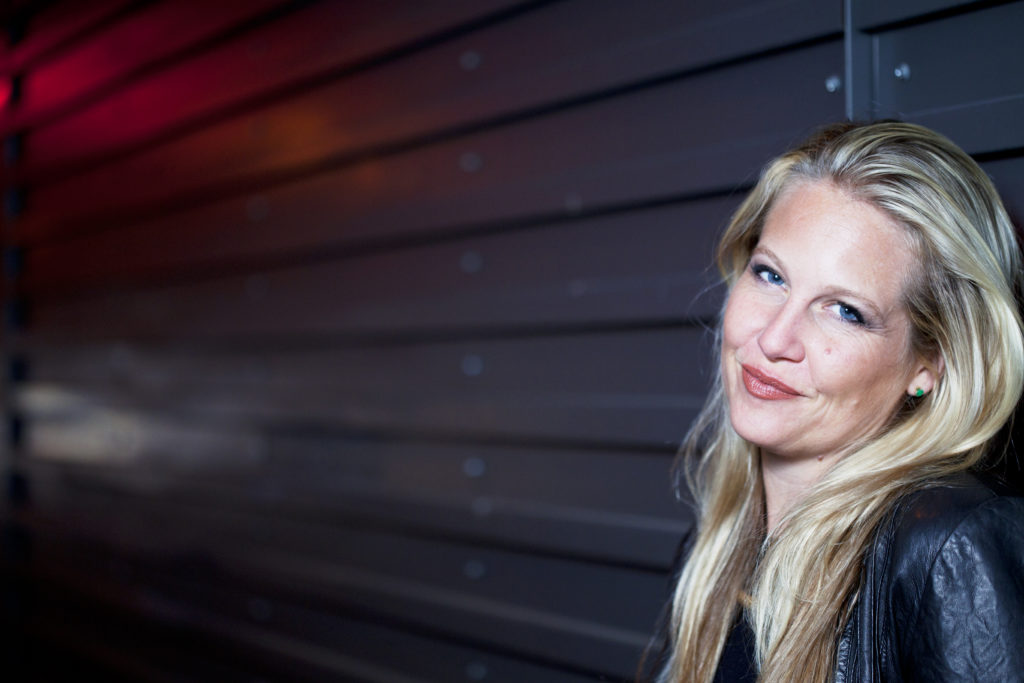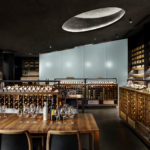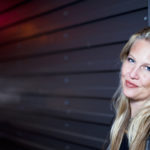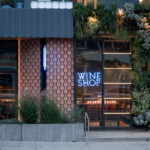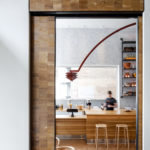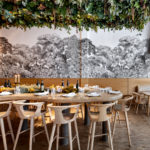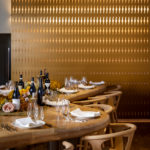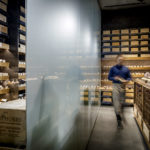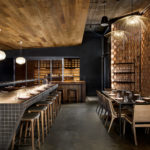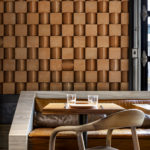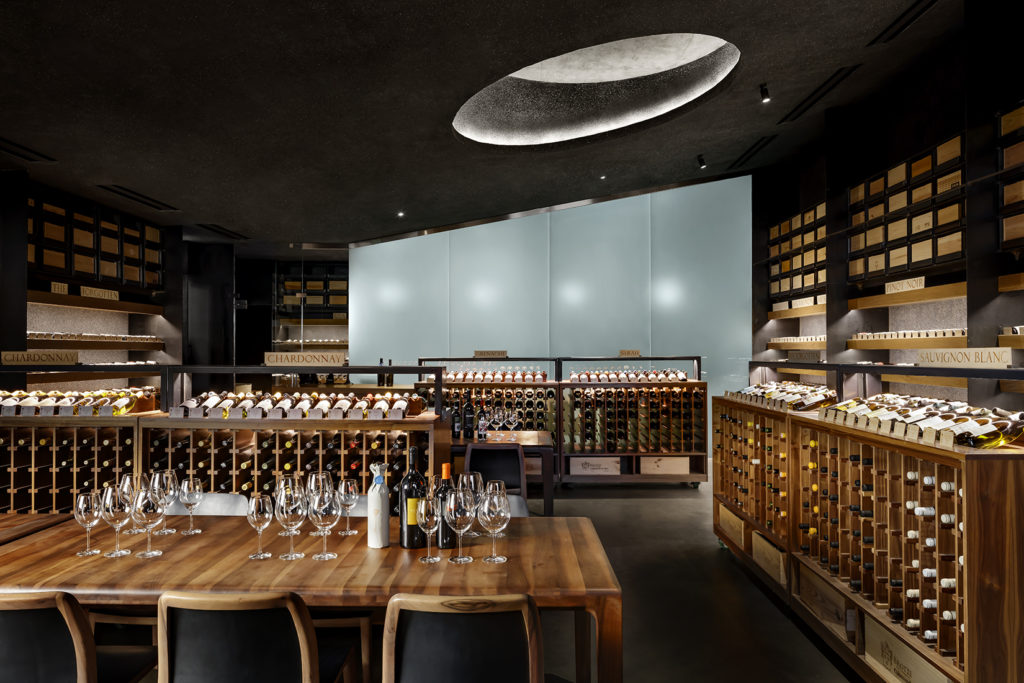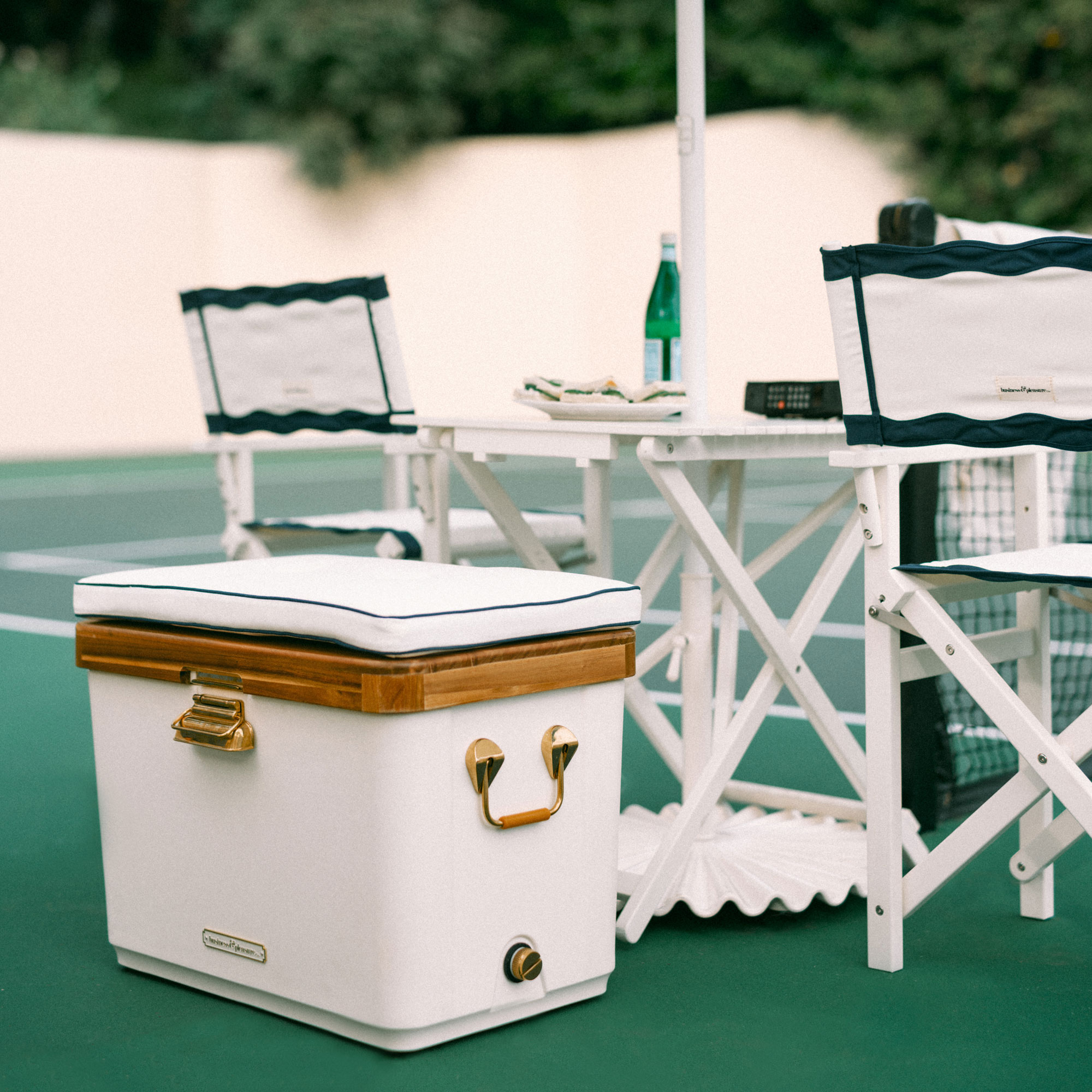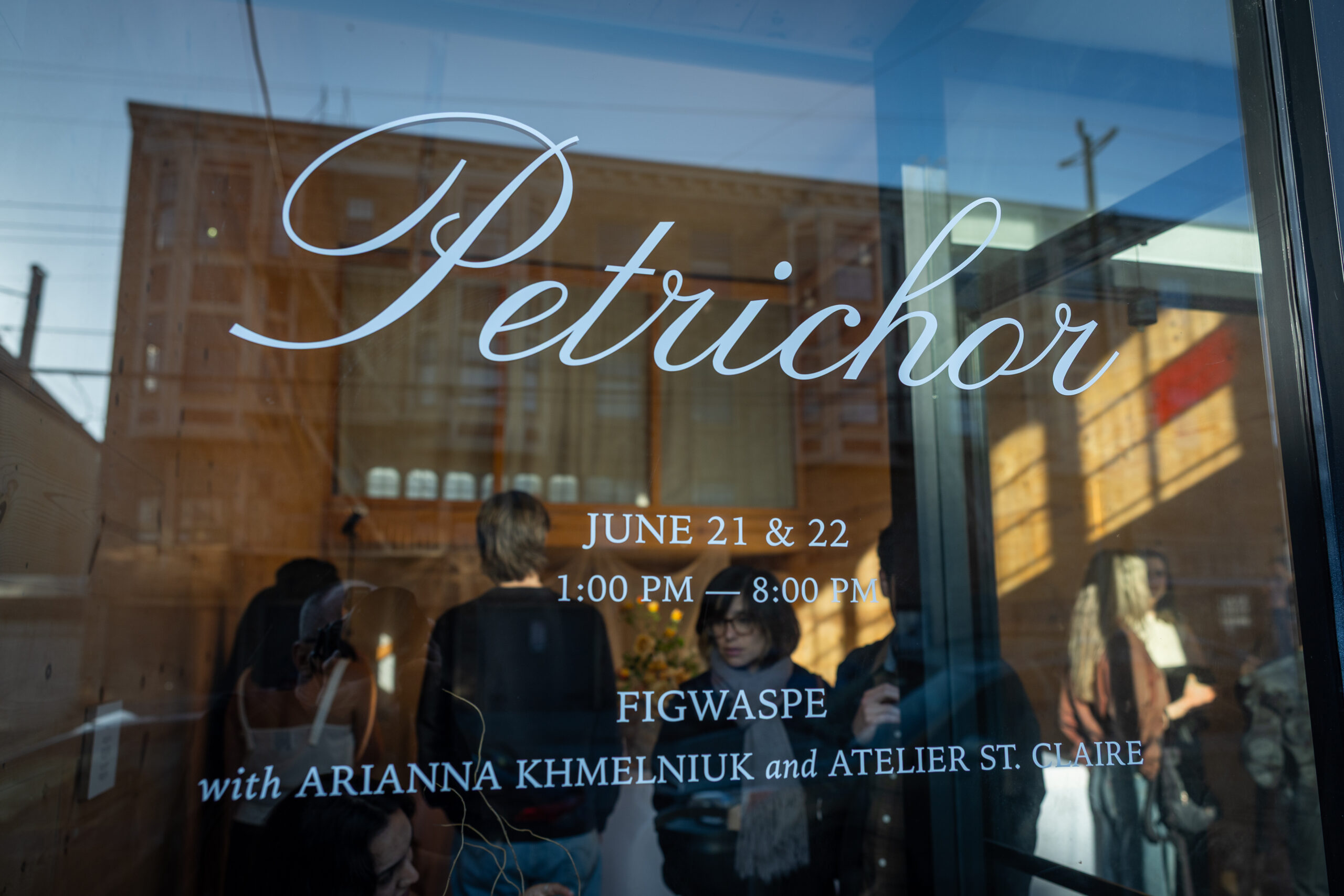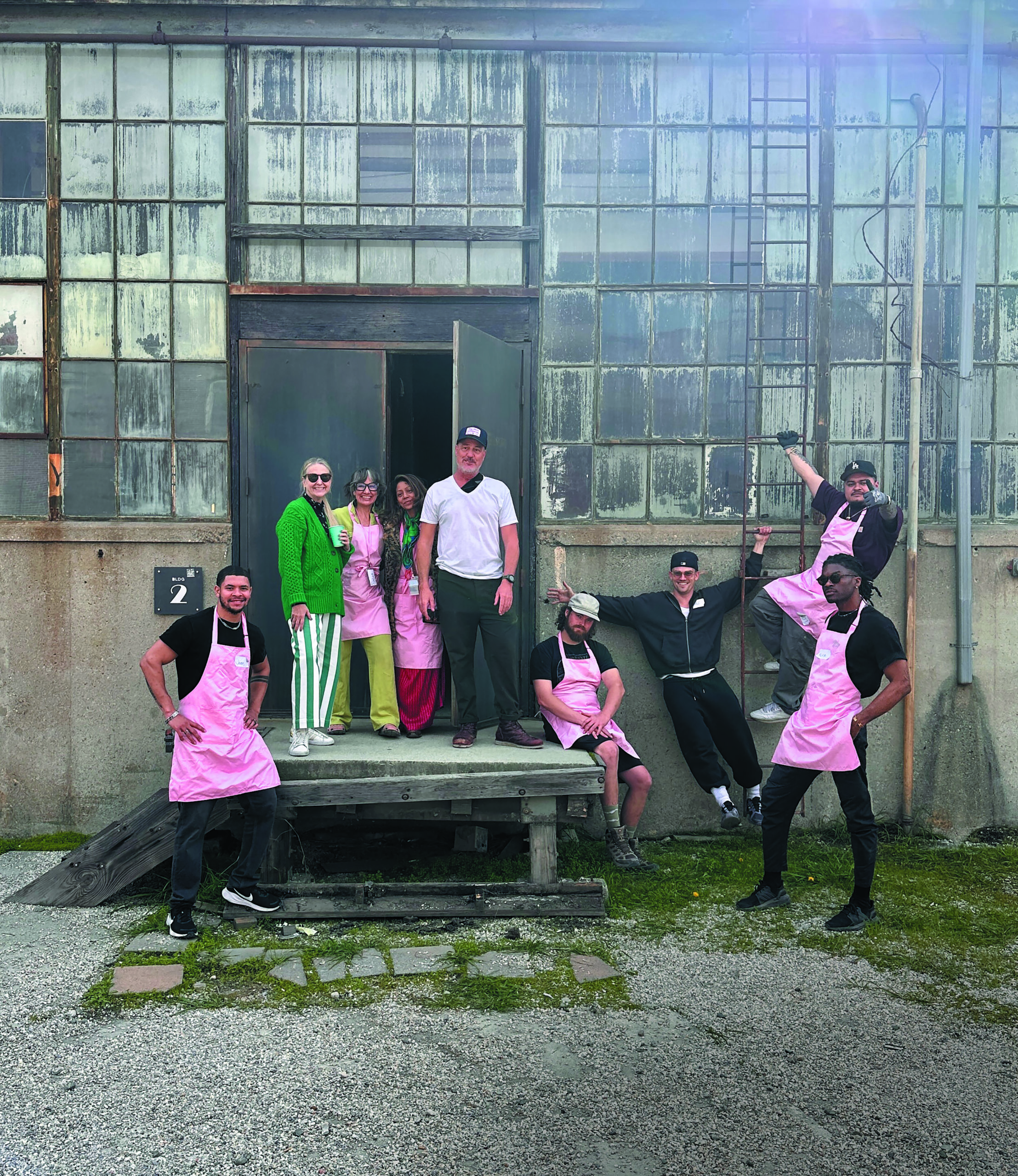Designer Crush: Preen
Author:Michelle KonstantinovskyAlexis Readinger got her start in the hospitality industry twenty years ago, managing and designing for other designers to create some of Los Angeles’s hottest spots. In 2005, she launched hospitality and design firm, Preen, and has since worked on projects including Pour Co, Odys + Penelope and Howlin’ Ray’s, and Punta Cabras. Recently, Readinger worked on West Hollywood’s Tesse and its adjoining wine shop, Boutelier. Learn more in our Q+A below.
1. How did you get your start in design?
Organization is the gateway drug to design. Design, for me, started with rearranging my room. As a kid, I rearranged my room all the time. I would shop items from the greater household and use them to decorate my room. Then it started with the painting. I painted my room. Then I wanted to paint other rooms. This went on until I was at university and took a drawing class. Drawing led to a painting class, which led to a photography class, to several sculpture classes and suddenly I was no longer going to law school. I was designing inhabitable spaces and signed up for architecture school.
2. What are some unique challenges about hospitality design as opposed to residential design, and what are the unique rewards?
Great hospitality design is about generating value in the world. Like public architecture, good hospitality design works for the many groups who engage in the project, from workers to patrons to neighbors and the greater community. As a branded space, as a space promoting values, a great hospitality design will reveal the intentions of the chef, the restauranteur or the developer. It will allow you to stand within the space of their commitment. It is an invitation to celebrate their vibe and what they believe. And within that space, it will generate revenue. So essentially, this kind of design creates experience and revenue as a more complicated layering of value.
The reward of hospitality design is creating a dynamic, successful place that offers self-expression and creativity for our client and inclusion and excitement for our patrons, such that all have the experience of being supported which leads to more care, more consideration and to making the world a more joyful place.
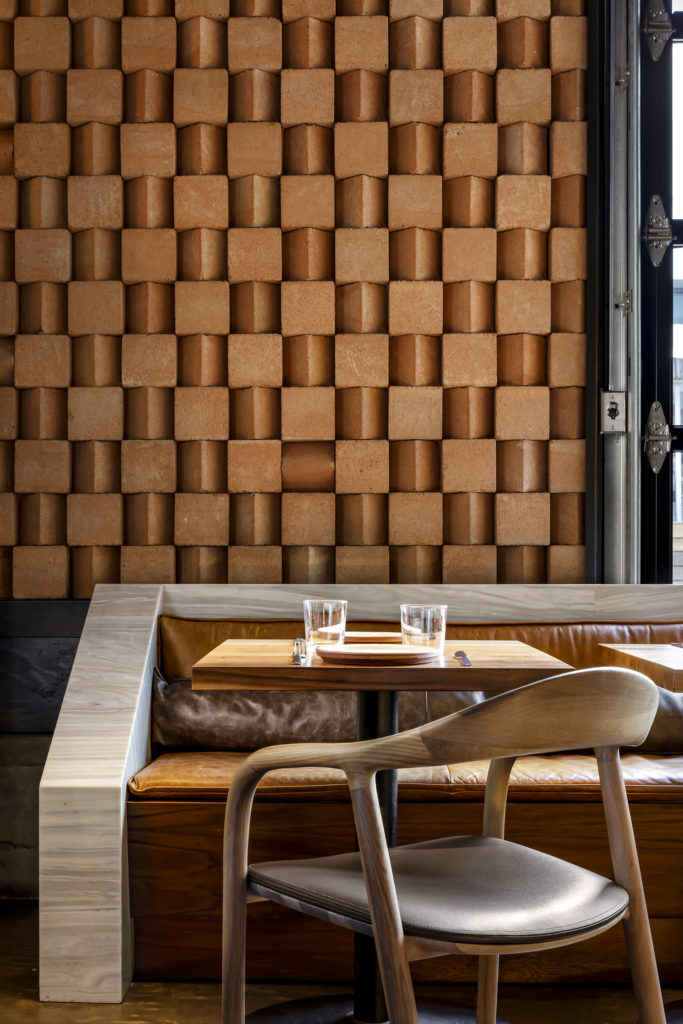
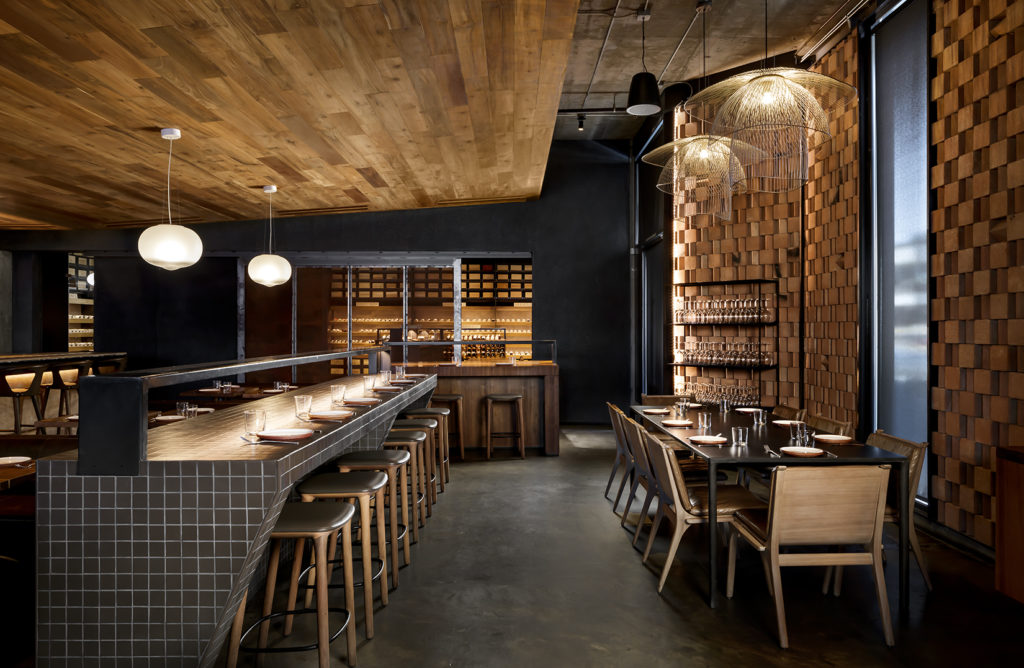
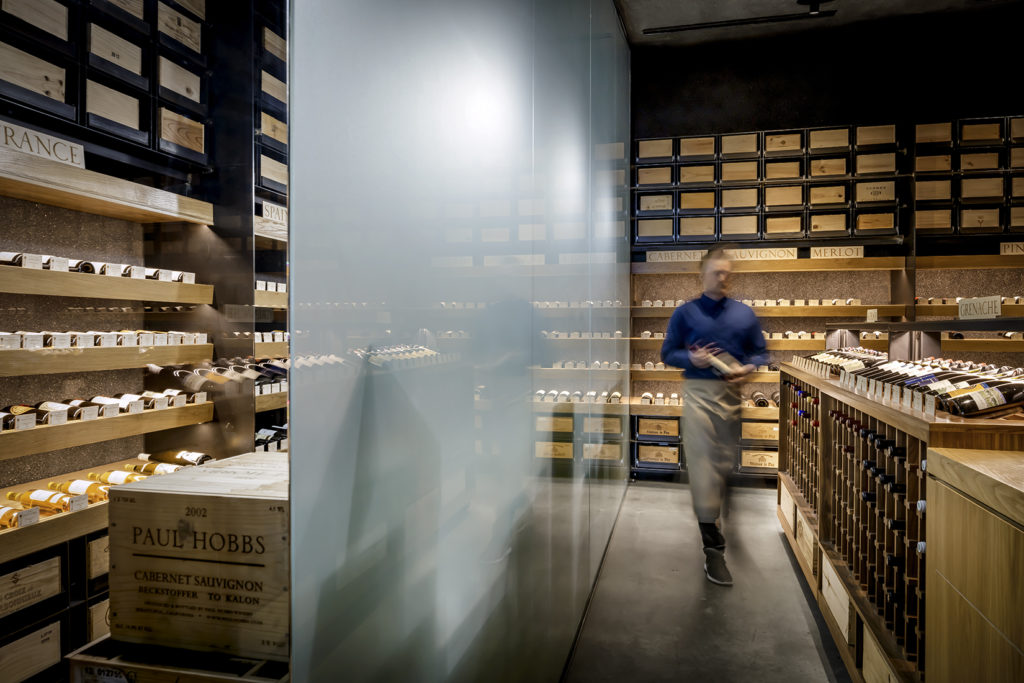
3. Tell us about your work on Tesse and The Heroic and how you approached the projects.
Tesse is a relaxed, refined Cal-French kitchen that is located on Sunset next to its development partner Fred Segal. It houses the internal wine shop Boutellier. It’s designed to reflect all of the optimism and the abundance of the Cali table. Tesse cues from Fred Segal and translates its white block and trained ivy into a thickened terra block façade and deeply impregnated greenery walls, the wilder side of the brand. This intrinsic façade facing both in and out tells a story of terroir, of food and wine and earth, back out into the blinking digital landscape of the billboards of the Sunset strip.
The Heroic is a small but powerful Santa Monica shop redefining the hero sandwich. The OMG may be the best sandwich I have ever had. The design here is of warm, blond rolling woods and it’s a great place to pull up to the counter and have a glass of wine, day or night. There is also a second room, a sort of secret urban garden doing wine dinners. The design here celebrates how something so small, hero, or hero sandwich, can be truly mighty.
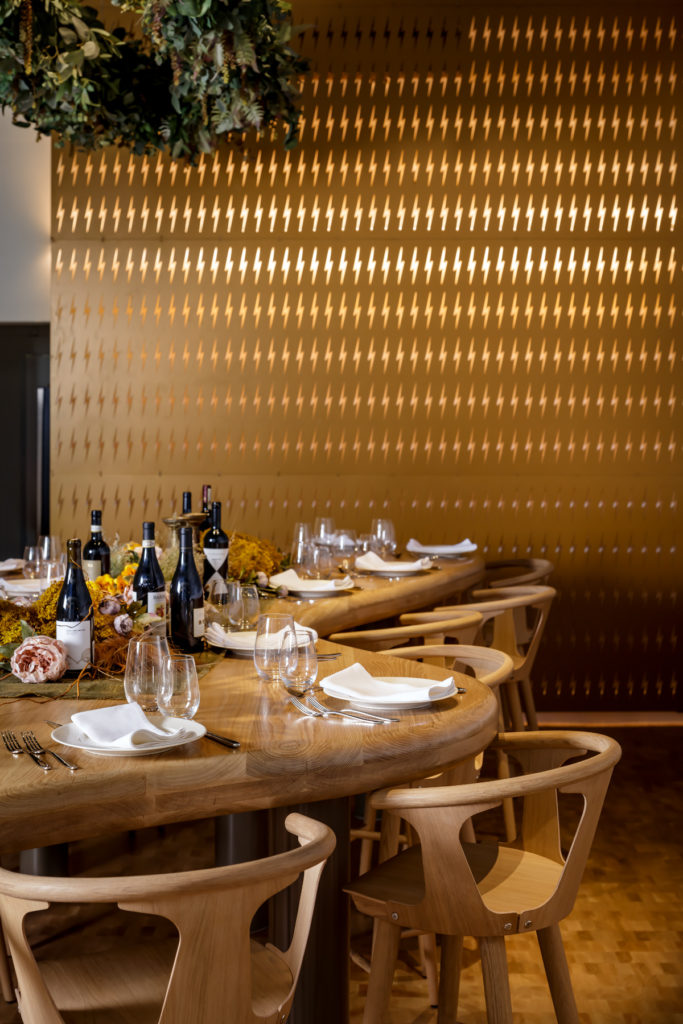
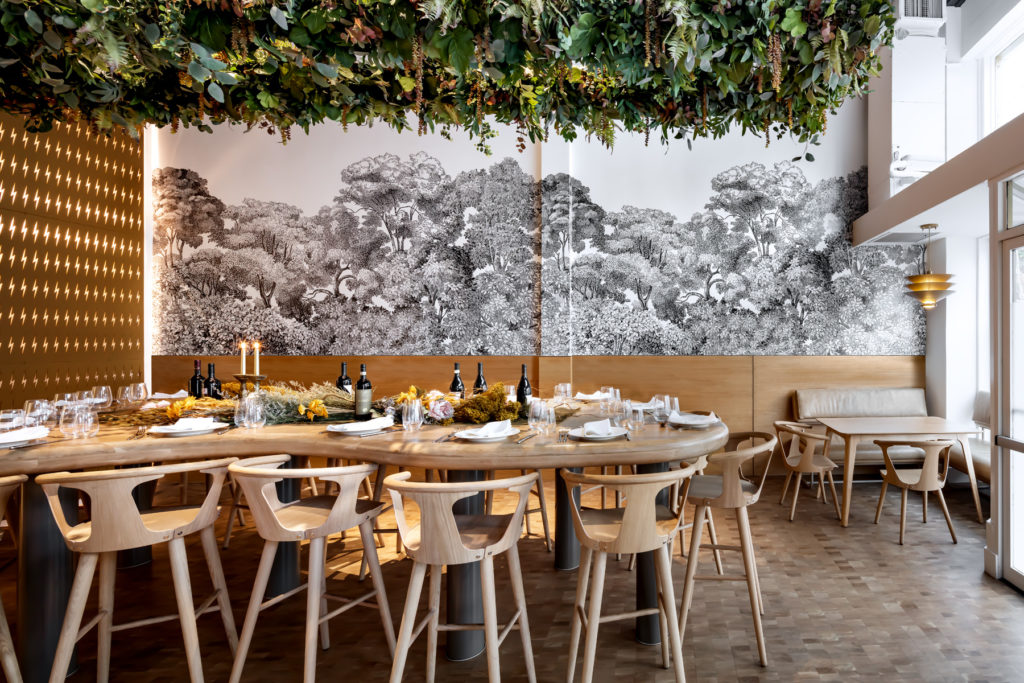
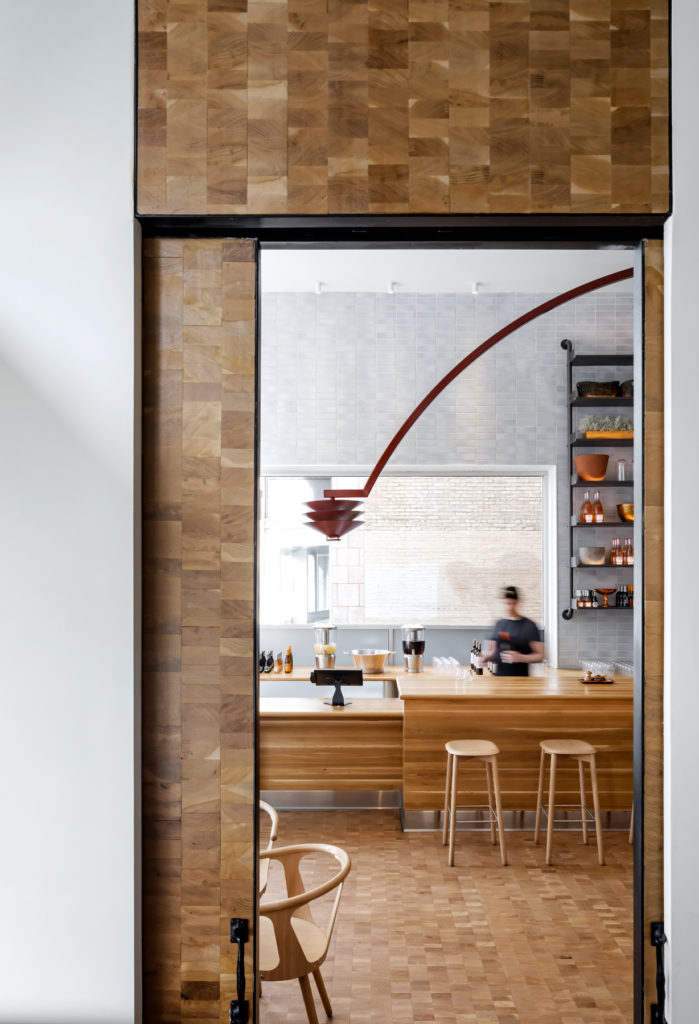
4. Who are your biggest professional influences/role models and why?
I like dreamer projects. Utopian thinking like Arco Santi and Taliesin West. I’m into earthworks and architecture that disappears into nature.
5. How do you define “California style”?
California is a state of mind. Historically Californians came from all over the world and came together within a mish mash of cultures, food and wine drinking. There is a culture of abundance and an acceptance of other cultures that gets created here. When this happens, it leads to innovation and excitement. Did you know the California roll was created in LA’s Little Tokyo? As a city of 18 million people, we celebrate origins and adaptation and we are living in this story today as Los Angeles is widely regarded as the most exciting city in the world for food right now. So what does that look like? As a style, it’s not an aesthetic but an attitude. California style can look like casual linen, rough timbers and rolling landscapes in wine country. It can look like the pastel patterning of the eighties that has swooped back in today. These trends underlie something much more exciting, which is that we consistently create aesthetic that exudes joy.
6. Describe your ideal Sunday from a.m. to p.m.
Early morning nature hike followed by oysters and a scrub at the Korean spa.
7. First album you ever bought?
Wow, it was Dio Holy Diver on vinyl for my big brother for Christmas. How many of you know this?
8. Current celebrity crush?
Pete Buttigieg was fantastic in the debate last night.
9. Favorite book?
Currently, it is Zaitoun, a Palestinian kitchen cookbook that I picked up at Now Serving in Chinatown LA.
10. Favorite pizza topping?
Artichokes! And then olives.
